KINGFIELD — Like many who dabble in producing hard cider, Daniel Gassett first got into cider-making as a hobby. After moving to Maine seven years ago he was looking for a go-to cider and was underwhelmed by the options. So he set out to create the drink he was looking for, and started a business in the process.
Now his venture, Orchard Girls Cidery, has expanded to include retail sales and a tasting room in Kingfield, as drinkers are drawn to his dry ciders — far different from the sweet commercial hard ciders that many consumers are familiar with.
“From a business standpoint, there was a clear hole in the market as far as a nice dry cider available around here,” Gassett said. “And, obviously, cideries are very few and far between, so there was barely any competition.”
Gassett and Orchard Girls proved to be on the cusp of a new wave of craft cider manufacturers in the state. Several cideries have launched in central Maine in recent years and have benefitted as the popularity of the drink has grown steadily, if rather modestly — even in the face of stiff competition from other alcoholic drinks, most notably the multi-billion dollar market for hard seltzer.
Much of the craft cider produced in Maine differs from the large-scale commercial ciders sold. Big brands tend to have highly sweetened cider because of the apples they use, according to Andy Kaplan, co-owner of Freedom’s Edge Cider in Albion.
Apples specifically for cider used to be more common — they weren’t good to eat, but once fermented they gave a full-bodied quality to the cider.
Now there are many more dessert apples available such as Honeycrisp, which are much sweeter. When those apples are fermented, all of that sugar turns to alcohol, and leaves the acidity from the apple, Kaplan said. Commercial cider producers often add more sugar to cover up the acidic taste, making the drink even sweeter.
Smaller producers, however, are able to use some of the cider apples found in Maine orchards, and have found that wild apples have many of the same properties as cider apples, making them better for cider-making. So local cider operations have taken to hunting down wild apple trees and using them in their cider.

A flight of ciders are shown in the tasting room at Orchard Girls Cidery in Kingfield on Thursday, Oct. 7. Rich Abrahamson/Morning Sentinel
“A lot of people — especially the big cider makers — will add back a bunch of sugar to sort of balance out the acid so you don’t notice how super acidic the apples are,” Kaplan said. “So that’s the problem we solved by finding those cider apples, but the big commercial guys, there is not the kind of supply that would allow them to do that, so they rely on sweetness.”
And the methods used by cideries in the region are being rewarded. Gassett said Orchard Girls is on pace to more than double the amount of cider that it made in 2019. That year it produced about 800 gallons of cider, and this year it will make over 2,000 gallons.
It’s a similar story at Freedom’s Edge, Kaplan said. The cidery sold 400 gallons all of last year. Now it’s selling that amount each week.
Hard cider was a popular drink in the early days of the country, said Jason Wilson, author of “The Cider Revival: Dispatches from the Orchard.” The drink lost some popularity in the early 1900s and then took a severe hit when Prohibition was imposed.
Prohibition also probably made the harvesting and sale of cider apples less profitable, Wilson said, so many places stopped growing them. And the lack of cider apples prevented the drink from regaining popularity after prohibition ended.
“They couldn’t sell cider apples anymore so the the orchardist got rid of those trees and ended up focusing on trees of culinary apples that they could sell on the market,” Wilson said. “I think that’s when the apple business in the Northeast changed and that’s why a lot of these cider varieties were lost.”
But the current era of hard cider production isn’t really related to the cider industry of early America, said Eleanor Leger, founder of Eden Specialty Ciders in Vermont and president of the board of the American Cider Association. Instead, the revival of cider now can be traced back to the late 1980s when a few apple orchards started bringing cider apples back from Europe to grow them again, she said.
“There were a couple of enterprising growers who went over to Europe and learned about cider and brought back Scionwood, cider-specific apples, and started growing them here and making cider from them,” Leger said.

Daniel Gassett of Orchard Girls Cidery holds a bottle of cider produced in Kingfield. A tasting room adjoins the cidery. Gassett, shown on Thursday, Oct. 7, has been in the business for about three years. Rich Abrahamson/Morning Sentinel
Even as it became more popular, cider took root in the rest of New England before coming to Maine. But even if the Pine Tree State was late to the game, it’s catching up now.
The drink itself has potential for vast flavor combinations. Just look at the offerings at Tin Top Cider Company in Alna, which include a Moscow Mule-inspired cider with ginger, a hot pepper cider and a cider aged in a whiskey barrel.
In Winthrop Black Sheep Cider Company — which will soon rebrand as Absolem — plans to release its ciders through self-distribution in the coming weeks, and its offerings will include wine and cider hybrids.
And in the face of the ongoing pandemic, regional tasting rooms provide a community atmosphere with the bonus of extensive outdoor spaces.
“We have seen a trend of more and more people coming out just because they want to be outside to enjoy the beautiful view that we have here and the fresh air and then have a nice refreshing beverage as well,” said Brian Erickson, co-owner of Stone Tree Farm and Cidery in Unity.

The exterior of Orchard Girls Cidery is shown in Kingfield on Thursday, Oct. 7. Rich Abrahamson/Morning Sentinel
But people can find local ciders at more locations than the tasting rooms, as many cideries will self-distribute or partner with a company for distribution in retail stores, and package cider in kegs to be available on tap at bars and restaurants, like Whaleback Farm and Cider in Lincolnville, which has partnered with Central Distributors and is available in stores and bars across the state.
Even as the production of hard cider has seen a steady rise in Maine, there has been the skyrocketing popularity of hard seltzer at the same time. The two drinks have some things in common, for instance both tend to attract a health-focused audience — seltzer with its low calorie count and cider with its lack of gluten, Kaplan said.
But there are plenty of differences, too. Because of seltzer’s focus on low calories, the flavoring is largely artificial, while cider focuses on natural, and very often local, ingredients.

When it comes to the future of cider, the limitations on the industry come from the apples, said Chase Rochon, a certified cider professional who maintains a blog called Ciderpedia. But in that sense, Maine is in a better place for growth than other states.
“Maine is actually really fortunate in that we have a ton of apples, they’re everywhere — that’s why a lot of people do wild foraging,” Rochon said. “So I think that Maine, more than a lot of other places, is set up to expand. I think that a lot of places are starting to hit their ceiling on how many people can go and forage and get them from the area.”
Experts say there remains the potential for the continuing growth of hard cider in Maine. Leger said that in the United Kingdom, cider makes up 15% of the alcohol market. And there is still interest in the product here, as cideries are able to open in rural areas without a ton of competition, and residents are still interested in the new option, she said.
As Rochon explained, “I think that it’s something where people are excited to have one closer to them and have that local aspect of it.”
Send questions/comments to the editors.


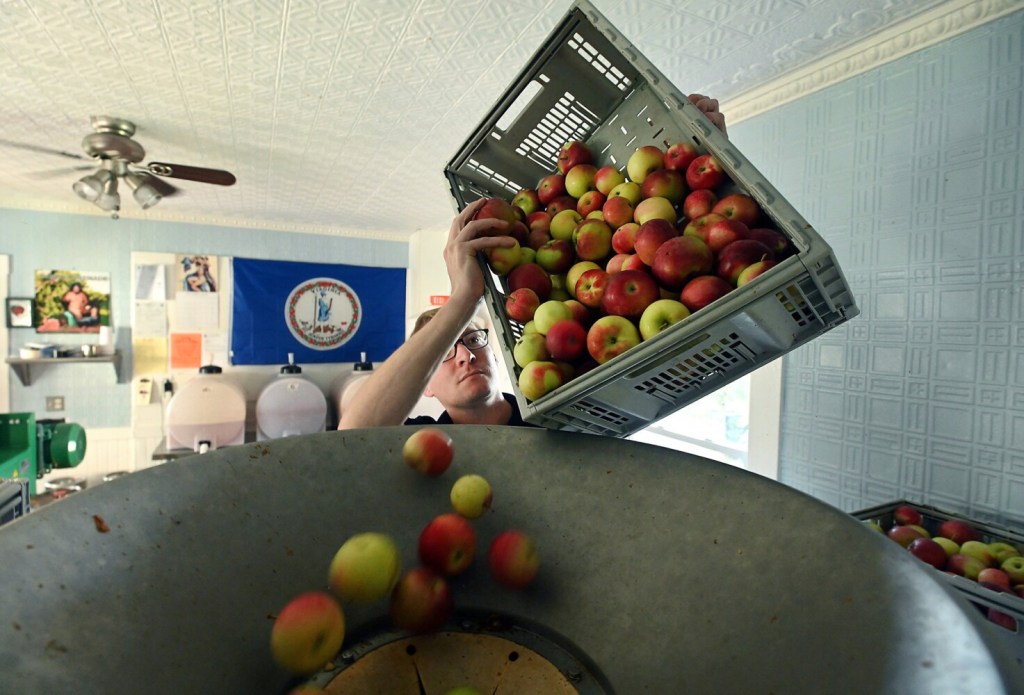
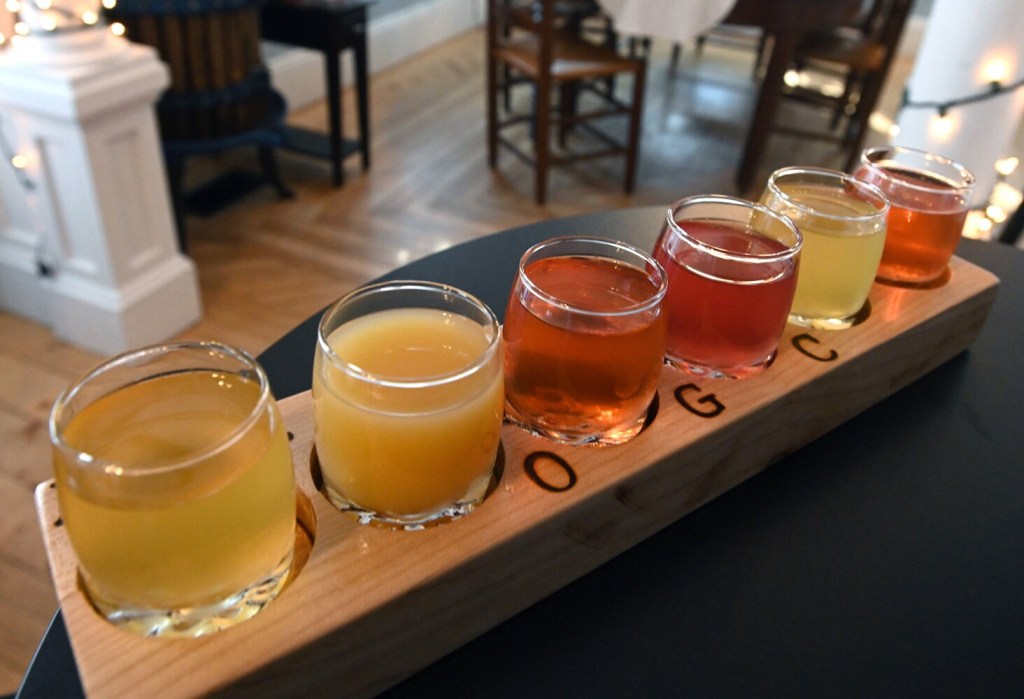
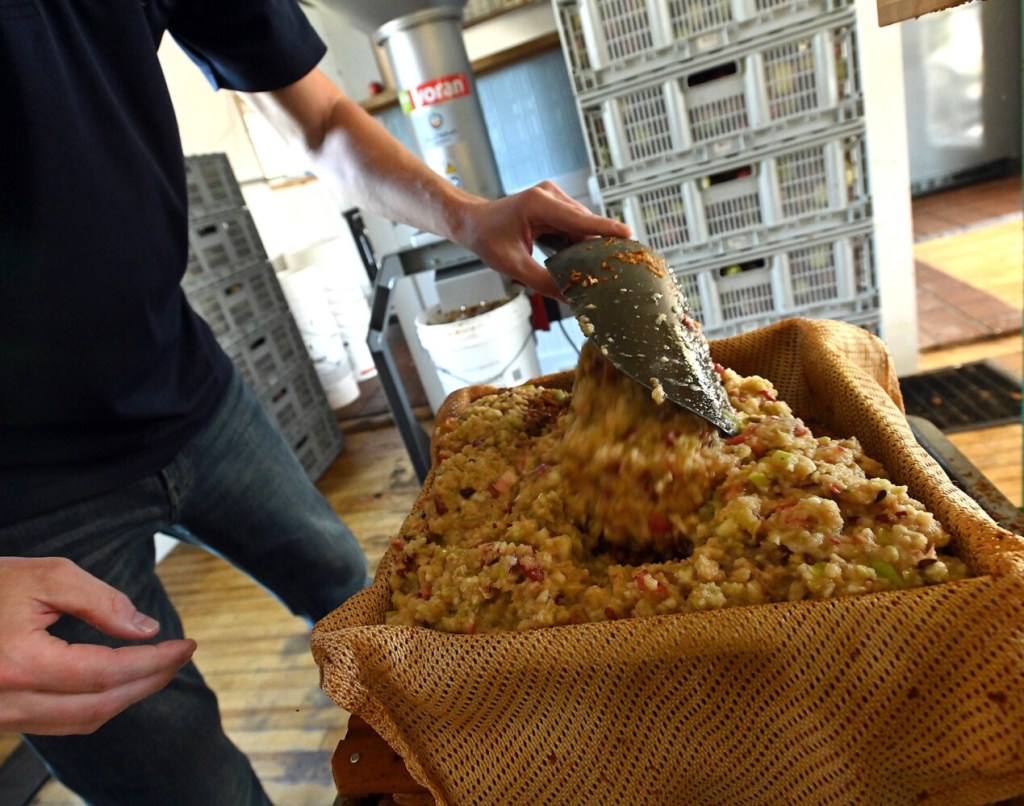
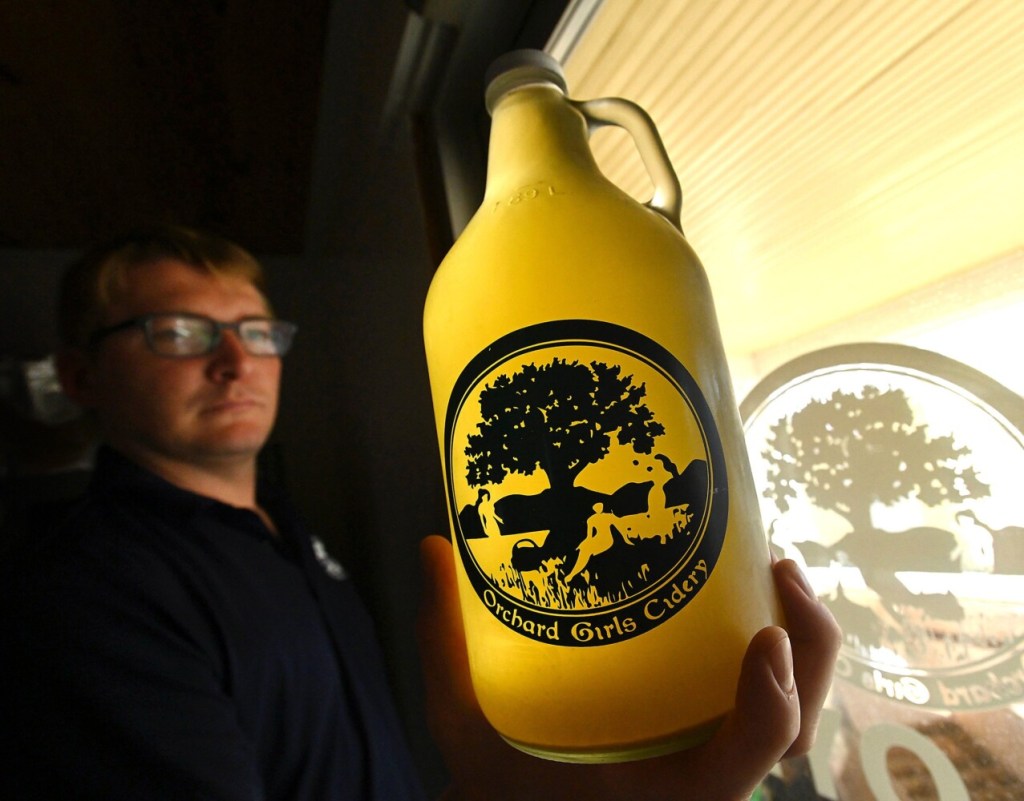
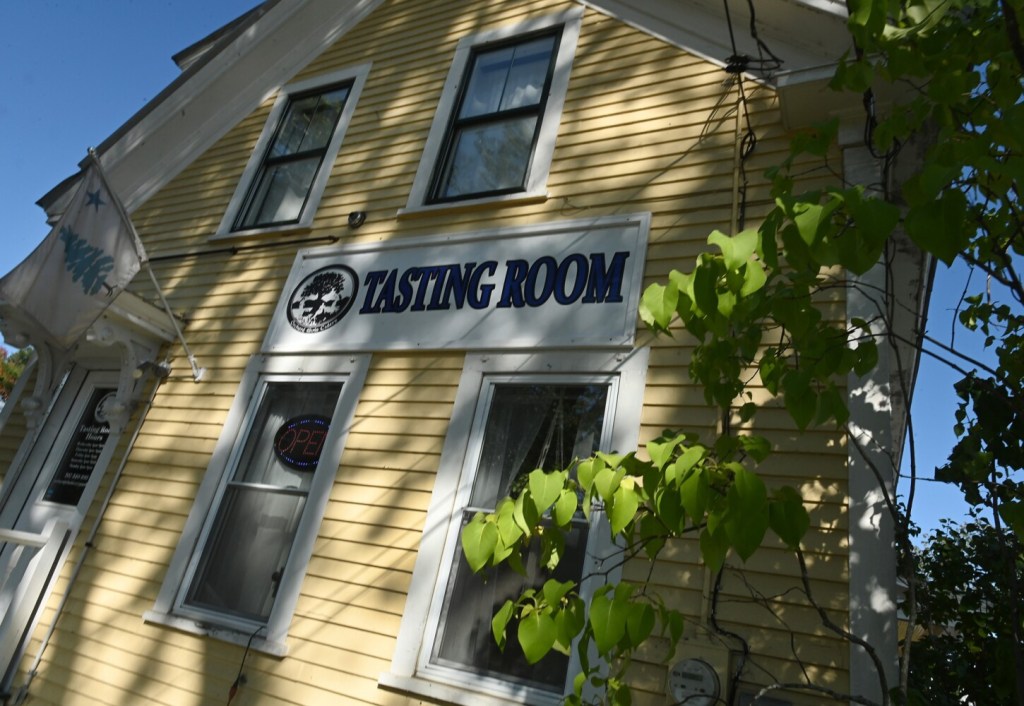

Success. Please wait for the page to reload. If the page does not reload within 5 seconds, please refresh the page.
Enter your email and password to access comments.
Hi, to comment on stories you must . This profile is in addition to your subscription and website login.
Already have a commenting profile? .
Invalid username/password.
Please check your email to confirm and complete your registration.
Only subscribers are eligible to post comments. Please subscribe or login first for digital access. Here’s why.
Use the form below to reset your password. When you've submitted your account email, we will send an email with a reset code.